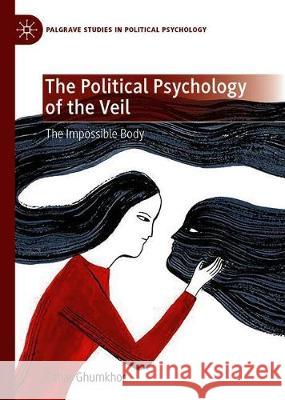The Political Psychology of the Veil: The Impossible Body » książka
topmenu
The Political Psychology of the Veil: The Impossible Body
ISBN-13: 9783030320607 / Angielski / Twarda / 2019 / 274 str.
The Political Psychology of the Veil: The Impossible Body
ISBN-13: 9783030320607 / Angielski / Twarda / 2019 / 274 str.
cena 403,47
(netto: 384,26 VAT: 5%)
Najniższa cena z 30 dni: 385,52
(netto: 384,26 VAT: 5%)
Najniższa cena z 30 dni: 385,52
Termin realizacji zamówienia:
ok. 22 dni roboczych
Bez gwarancji dostawy przed świętami
ok. 22 dni roboczych
Bez gwarancji dostawy przed świętami
Darmowa dostawa!
Kategorie BISAC:
Wydawca:
Palgrave MacMillan
Seria wydawnicza:
Język:
Angielski
ISBN-13:
9783030320607
Rok wydania:
2019
Wydanie:
2020
Numer serii:
000468549
Ilość stron:
274
Waga:
0.62 kg
Wymiary:
21.01 x 14.81 x 2.39
Oprawa:
Twarda
Wolumenów:
01
Dodatkowe informacje:
Wydanie ilustrowane











